11 Investigates: Safe Shopping
8 stores in 6 areas are visited during high-traffic times to see just how safe grocery stores are making their locations, and if shoppers are following the rules.
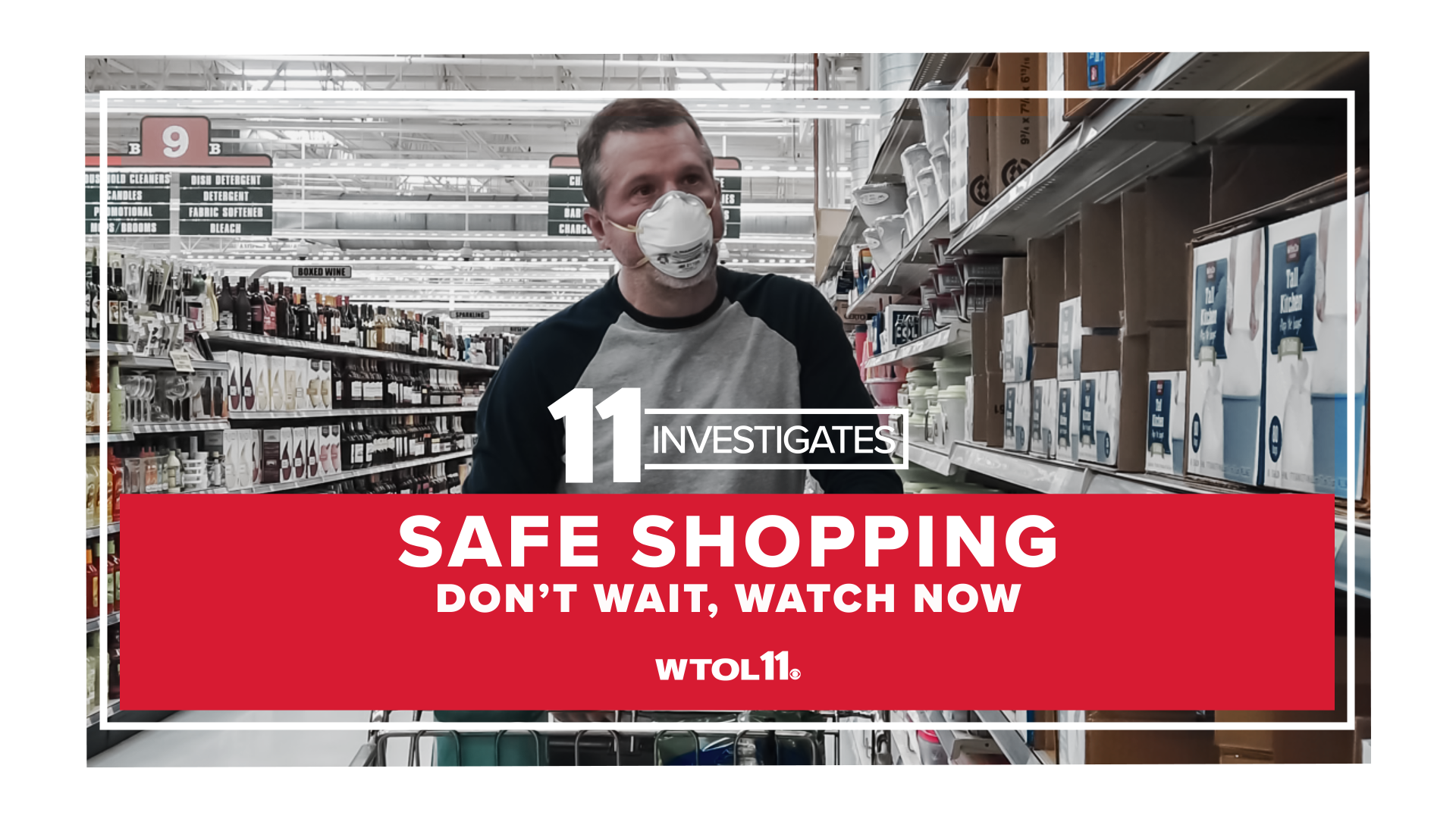
Just as COVID-19 cases were beginning to grow last month in Lucas County, an email from a grocery store vendor came into the 11 Investigates tip line:
"Picture yourself stocking a shelf in an aisle with 10-20 people in it, mouths uncovered, coughing and sneezing - or even talking. Out spews virus! I think you might understand my concern about becoming the next victim in Lucas County. Mask & Glove Up !! and see for yourself."
He's not alone in his concern. Five grocery store employees in Michigan have died from COVID-19. Several others around the country have died or become infected.
The United Food and Commercial Workers' union reported that 85 percent of its grocery store members said customers are not practicing social distancing in stores.
The orders
On April 2, Ohio Gov. Mike DeWine issued new orders for grocery stores - display the max occupancy of the store, enforce that number, wipe down carts and baskets, and maintain 6 feet of distance in lines inside and outside stores. The order went into effect on April 6.
But sparked by the email from the grocery store vendor, I wanted to find out if stores were following those orders. I also wanted to know if customers were doing everything they could do to keep themselves and others in the store safe.
The test
Our 11 Investigates team visited eight different stores, evaluating stores in six different areas. We went during high-traffic times, when customers would most likely be affected We wanted.
We evaluated the stores in the following categories:
1. Was an occupancy sign posted?
2. Were carts and baskets being wiped down?
3. What percentage of customers were wearing masks?
4. What was the maximum number of people in an aisle?
5. Were people keeping 6 feet apart?
6. Were there store announcements about distancing?
We visited the following stores:
- Wal-Mart, 5821 Central Ave., Toledo
- Kroger, 27322 Carronade Dr., Perrysburg
- Kroger, 2555 Glendale Ave., Toledo
- Meijer, 1391 Conant St., Maumee
- Meijer, 2111 E. Wooster St., Bowling Green
- Aldi, 9806 S. Compass Dr., Rossford
- Target, 9666 Olde, U.S. 20, Perrysburg
- Dollar Tree, 1040 N. Main St. #3, Bowling Green
The findings
For the most part, stores were doing what the state ordered. But that was not originally the case at the Wal-Mart on Central Avenue.
This was an important store in our evaluation because it is in the 43615 ZIP code, the hardest-hit area in Toledo. In the health department's map posted on April 17, there were 80-100 cases in that ZIP code.


When we arrived at the Wal-Mart, there were two entrances open. At the main entrance, customers were directed through a queue and were counted as they entered. However, at a second entrance, customers were freely coming and going without an associate monitoring them. At neither entrance were carts being wiped down, although there were wipes and an empty hand sanitizer dispenser.
There were no in-store announcements being made about social distancing. And the checkout line was crowded, with people being forced to squeeze by customers at the end of the line. A sample of 27 people was observed and seven of them were wearing masks. Multiple families were observed with small children. None of those family members was wearing masks. Some associates were wearing gloves and masks. Others were wearing neither.
I emailed the corporate communications team to get a statement about the observations. He asked for the address of the store and said that all stores are required to monitor both entrances, wash down carts, have in-store announcements, and have decals and stripes in the checkout area to ensure people stay six feet apart.
I returned to the store the next day and all those expectations were now being met. Pictures taken before my email with corporate and after show that stripes were added on the floor to keep customers 6 feet apart. On Monday, Wal-Mart began requiring that all associates wear a face covering.


Lucas County Health Commissioner Eric Zgodzinski says the county is making sure stores are in compliance.
"There are some stores out there who may not understand what to do, so we are going back out to those stores to see what they are doing to help them out. I don't think it's that they don't want to do the right thing, it's that they don't know. "
The CDC has recommended that everyone wears a facial covering when outside. It is not required to wear a mask, however, some studies have indicated that as many as 50 percent of the people infected are asymptomatic. Despite having no symptoms, an infected person can pass on an infection. A face covering makes that transmission less likely.
About 40 percent of customers at the eight stores had some type of facial covering. But the number was only a combined 30 percent at the Wal-Mart and a Kroger on Glendale.
"IF you can keep that 6-foot separation, those masks are just going to add to your ability not to spread that virus to somebody else," Zgodzinkski said. "As you get closer, because let's face it, trying to walk by someone, or trying to get a piece of fruit and someone comes up behind you, or they don't see you, whatever it might be, so it's always good to have that covering."
Here are some of the observations from the remaining stores.
Perrysburg Kroger Perrysburg Kroger


There was a sign posted with a max occupancy number. Upon entry, carts and baskets were being cleaned and given to customers.
The max number of people seen in an aisle was eight, and those people were keeping at least 6 feet of part.
A random count of 35 customers found that eight of them were wearing masks. Almost no cashiers were wearing masks or gloves.
There were no announcements heard during the 20 minutes in the store or obvious signs about social distancing.
Chapter 2 Toledo Kroger on Glendale Avenue

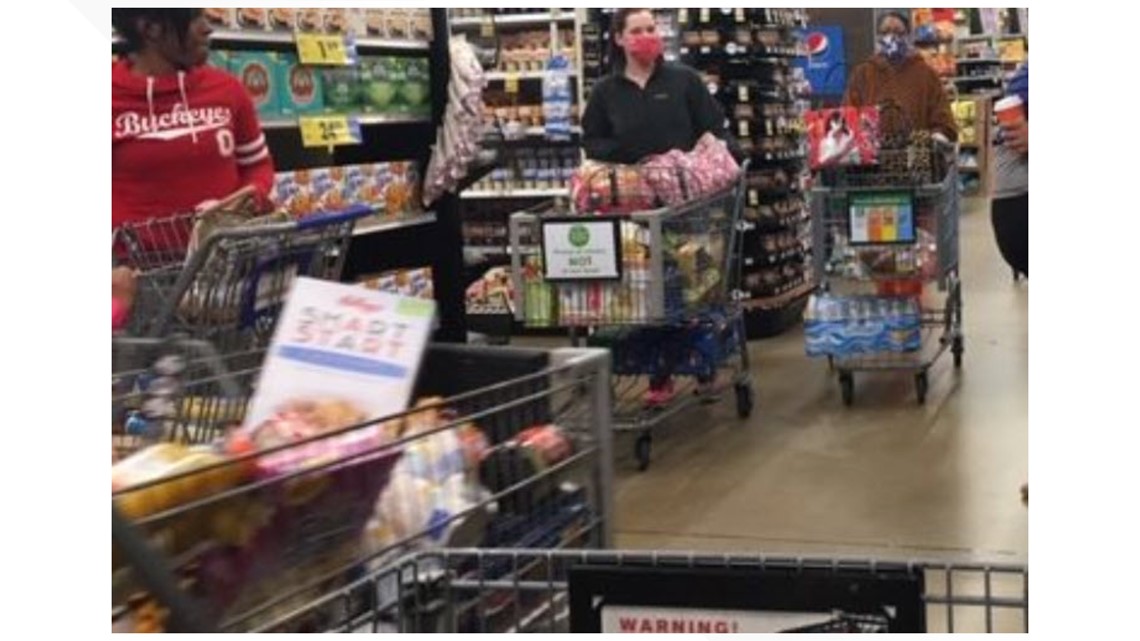
This was another store of interest because of it being in the 43614 ZIP code, also with one of Toledo's most-infected areas.
A max occupancy sign was posted and carts and baskets were being cleaned and given to customers.
Similarly to the Central Wal-Mart, there were uncomfortable areas of congestion, with customers brushing against others. This was a second location where multiple families were seen, with few, if any, of those family members wearing face coverings.
A random sample of 41 customers were counted and 13 of them were wearing a mask of some type. Almost all of the cashiers were wearing gloves and masks.
Again, no in-store announcements were being made, though there were multiple signs about social distancing.
Maumee Meijer Maumee Meijer
There was an occupancy posted and carts were being cleaned and given to customers.
The max number of people in the aisle was seven or eight, and customers were social distancing.
This store had more than 50 percent of observed customers wearing masks.
No in-store announcements about keeping distance were heard, but there were signs about the issue.
Few employees were observed wearing gloves or masks.
Bowling Green Meijer Bowling Green Meijer

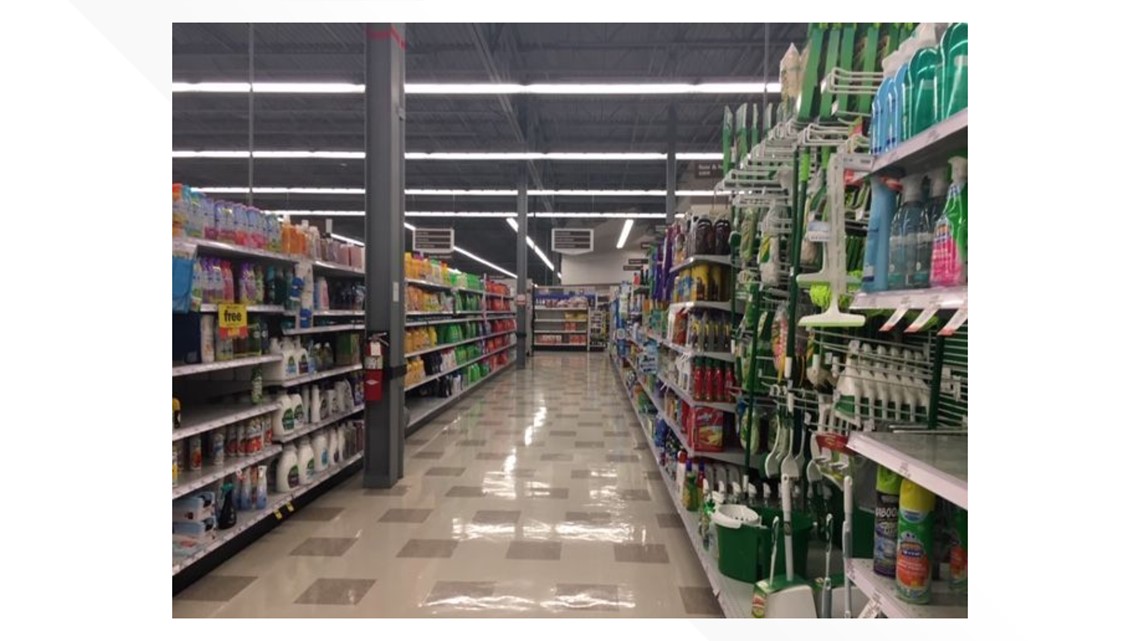
There were occupancy signs at both doors and carts were being sanitized.
Of the 70 customers counted, 30 of them were wearing a face covering.
There were only two children seen and aisles were limited to three to five people.
People were social distancing and at times made obvious attempts keep a clear distance from other shoppers.
The floors by the registers had stickers on the ground to indicate where customers should stand to be 6 feet apart. Cashiers were wiping off self-checkouts after every customer.
Bowling Green Dollar Tree Bowling Green Dollar Tree
There were occupancy signs posted.
There were five customers in the store - no children - and one person had a mask on and no one was wearing gloves. There were three employees, none of whom were wearing gloves or masks.
There was no cleaning of carts or baskets observed and there were no in-store announcements heard.
Every other store had plastic shielding at the register, though there was none observed at this store.
Rossford Target Rossford Target

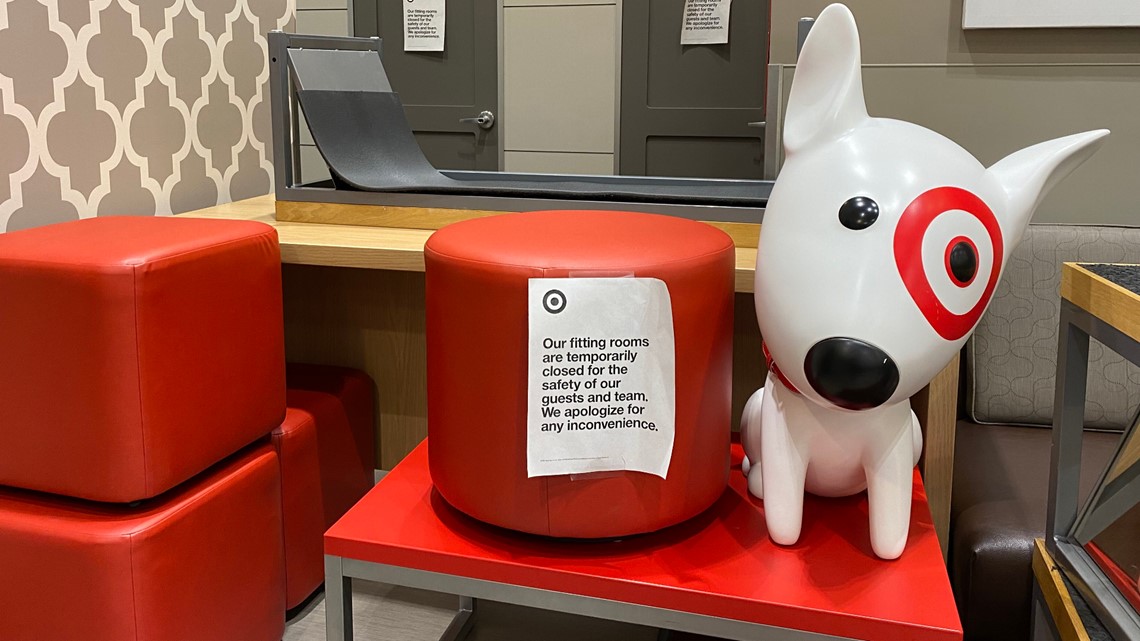
There was an occupancy sign and sign telling people to stay home if they have obvious symptoms.
An employee was wiping down carts and providing them to customers as they entered.
There were 49 people counted and 26 of them were wearing a face covering. There were two children in the store, and neither child had on a mask.
The max number of people seen in an aisle was three and customers were keeping a safe distance from others.
There were stickers on the ground, indicating where people should stand in the checkout area, and there were up and down arrows in the aisles. Announcements were being made about social distancing.
The people wearing gloves didn’t seem to understand the point of them and were touching their faces while touching other things.
Rossford Aldi Rossford Aldi

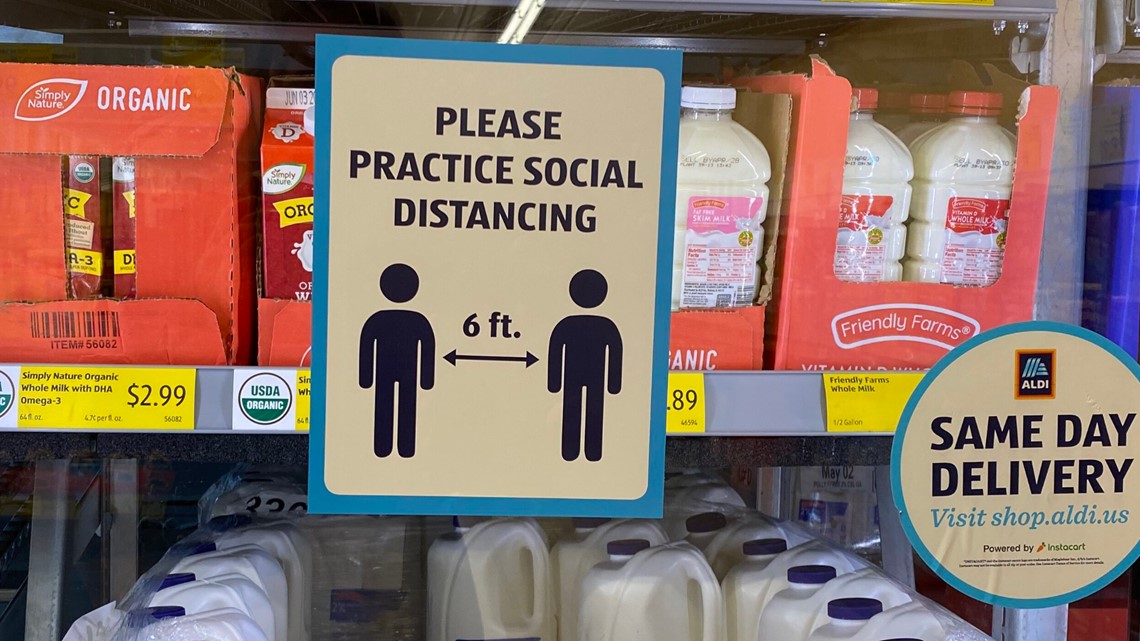
There was obvious attempt to count the number of people entering, though the carts were people wiped down.
There were 24 customers and 13 of them were wearing a face covering.
There were signs encouraging people to stay 6 feet apart and arrows indicating which way traffic flow, though they were small and hard to see.
There were up to eight people per aisle, but the large aisles allowed for safe social distancing.
There were no children in the store, though several children were seen waiting in cars with other parents.
There were no announcements being made about social distancing.
Kroger also provided a statement to 11 Investigates, listing a number of steps it is doing to keep employees and customers safe. Kroger stores in several southern states on Monday began requiring employees to wear face coverings. An email to a spokesman in Ohio was not returned on Monday. It is unknown whether Ohio and Michigan employees are now required to wear face coverings.
This survey was just a small sampling of area stores. It was impossible to do a broad survey and maintain safety standards for reporters. But the limited sampling indicated that stores are mostly doing what they can to provide a safe environment. The bigger concern after the survey was customer behavior.
"We need to keep six feet away as much as you can," Zgodzinski said. "It's hard to shop when you are trying to dance around people, but we've got to do that right now. It is up to us and our own responsibility to make sure we are doing all we can too."

